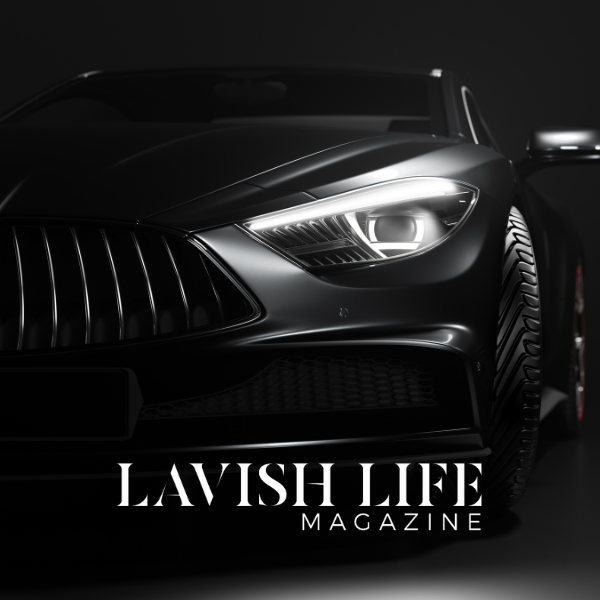The MG MGB Helped Launch the Sports-Car Craze Stateside. Here’s How.

Back in the 1950s and ’60s, when the British car industry was firing on all cylinders—anywhere from four to eight, to be exact—there was a plethora of marques catering to all budgets. While many makes and models never made it across the Atlantic, MG was—almost single-handedly—the automaker that really launched the popularity of sports cars in the United States. American soldiers returning from the U.K. after World War II brought MGs with them. Carroll Shelby began his racing career driving an MG-TC in 1952, and the cars from MG (the initials of Morris Garage) quickly caught on.
Yet early machines like the MG-TC, TD, TF, and even the beautiful MGA were fairly primitive and, by the early 1960s, were well in need of a successor. The MGB, introduced in 1962 and made through 1980, was just the ticket. The unibody design was a modern development when earlier MGs and other British competitors, such as Triumph, still used body-on-frame designs.
This meticulously restored 1967 MG MGB Roadster sold for $38,500 through RM Sotheby’s in 2017.
Darin Schnabel, courtesy of RM Sotheby’s
The shape of the MGB bears no relation to its predecessors. The model became especially attractive when the popular convertible was translated into the beautiful MGB-GT 2+2 coupé—a tasteful hatchback adaptation by Pininfarina—introduced in 1965. The latter, though, wasn’t nearly as popular as the Roadster, which is more properly a soft-top convertible, as it has roll-up side windows.
Power comes from a 1.8-liter inline-four engine that makes a bit less than 100 hp and hits a top speed of 104 mph. The power plant allows the car to cover zero to 60 mph in 13 seconds, a downright leisurely jaunt by today’s standards. But the lightweight droptop, weighing a little over 2,000 pounds, remains loads of fun when the top is down and with an open road ahead.

This example, with a relatively new black leather interior, features a four-speed synchromesh manual transmission.
Darin Schnabel, courtesy of RM Sotheby’s
Versions with an inline-six engine, called the MGC and MGC GT, were made from 1967 through 1969. A 2.9-liter configuration, the engine in those variants is more than 200 pounds heavier than the inline-four, and handling suffers, although output is 145 hp, allowing for a top speed of 120 mph. Only 8,999 examples were made of the MGC and MGC GT in total, about equally divided between convertibles and coupés.
By contrast, 513,276 MGBs were made, of which 125,282 were GT variants. That means examples are plentiful, but not all MGBs were created equal. The Mark II was introduced in 1968, and while outwardly identical (or nearly so) to the earlier cars, the model variant features a four-speed manual transmission that’s synchronized and has revised ratios. There’s also a much-improved electrical system using an alternator and negative grounding.

Under the hood of this specific car is a 1,798 cc inline-four engine making almost 93 hp.
Darin Schnabel, courtesy of RM Sotheby’s
Interiors were “modernized” in 1972, but 1974 brought hideous black rubber bumpers in place of the slim chrome designs front and rear. Ride height was raised by an inch and, by then, emissions regulations further reduced output. Things improved slightly from 1977 through 1980, with anti-roll bars added at the front and rear to aid handling, if not looks. Aesthetes and purists will want a mid-to-late 1960s car, whose grill and bumpers are just right.

The chrome bumpers of a mid-to-late 1960s MG MGB are preferred by purists, as opposed to the black rubber bumpers found on examples from 1974 on.
Darin Schnabel, courtesy of RM Sotheby’s
Still, it’s hard to not love any MGB as an entry point to old-fashioned sports-car thrills. Replacement parts from companies such as Moss Motors are affordable, and anyone with basic mechanical skills can wrench on their own MG, adding a little skin—and a lot of satisfaction—into the game. Early cars can be worth twice as much as later ones, and while it’s conceivable to spend more than $40,000 on a concours-quality example, it’s more reasonable to spend a third as much and get a vehicle in good condition and have even more fun without the worry that comes with pursuing perfection.
Click here for more photos of this 1967 MG MGB Roadster.
A 1967 MG MGB Roadster that sold through RM Sotheby’s in 2017.
Darin Schnabel, courtesy of RM Sotheby’s
Authors
-

Robert Ross
Automotive editorial consultant Robert Ross began his publishing career in 1989, and has worked with Robb Report from 2001 to present writing about art, design, audio and especially cars—new and old…




